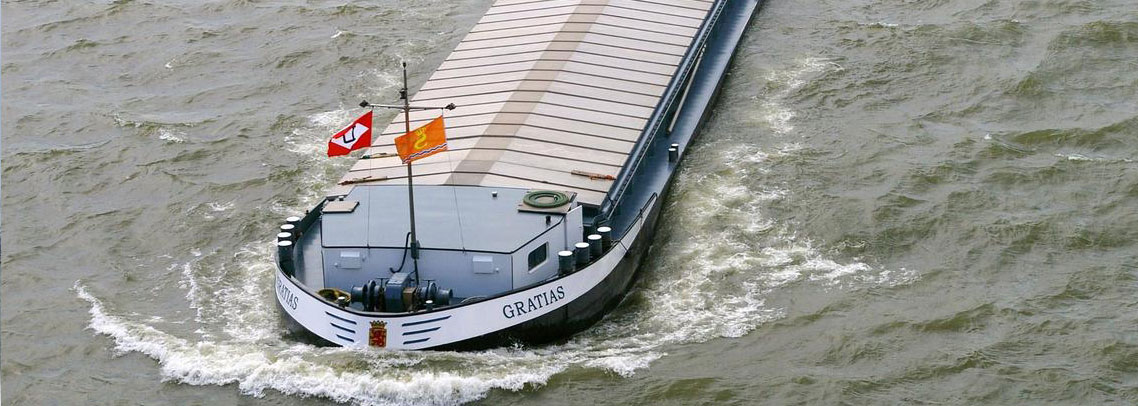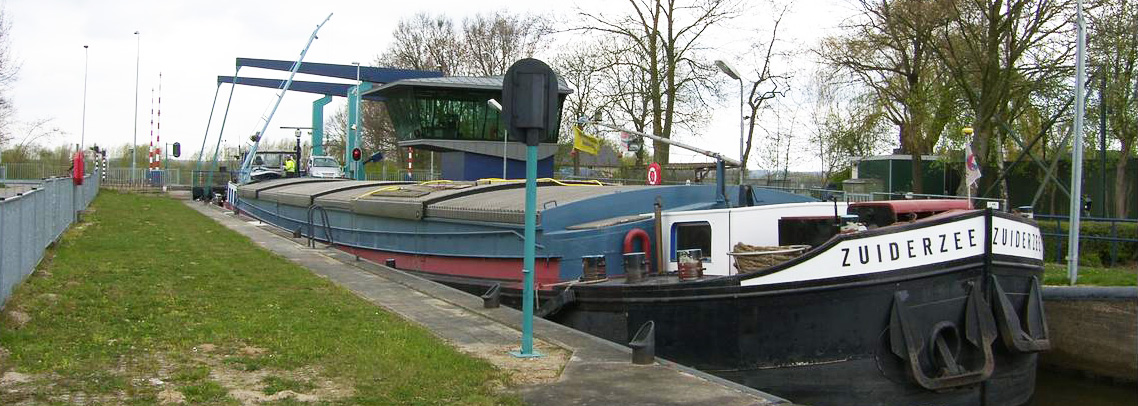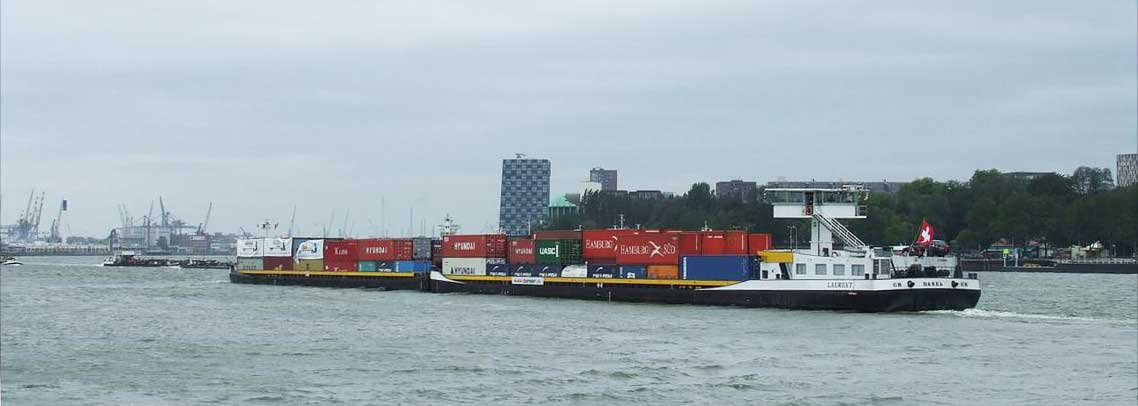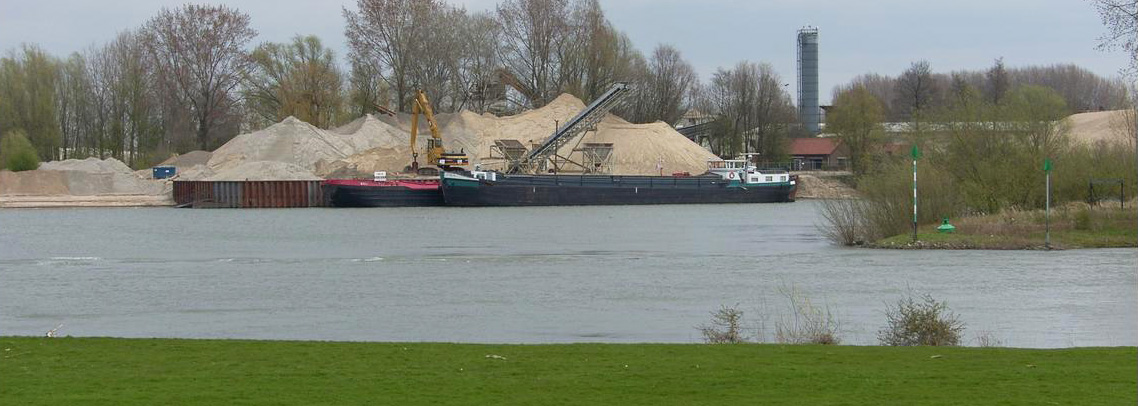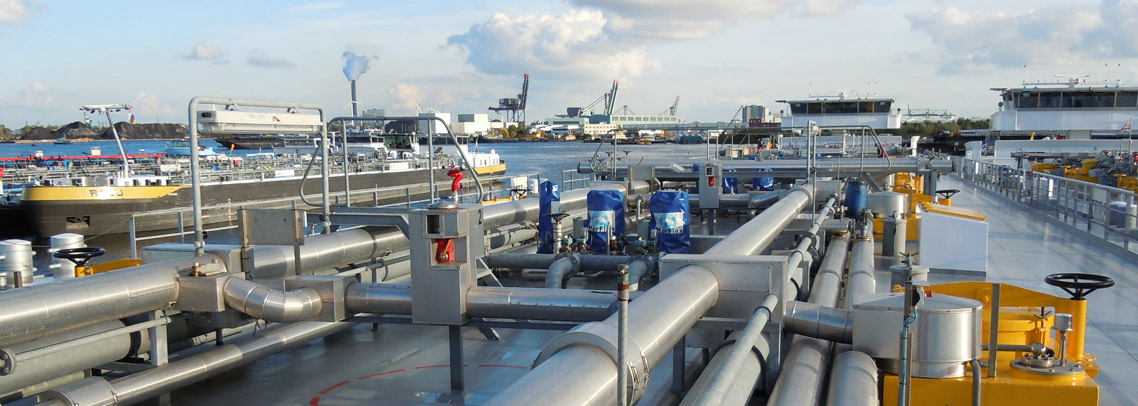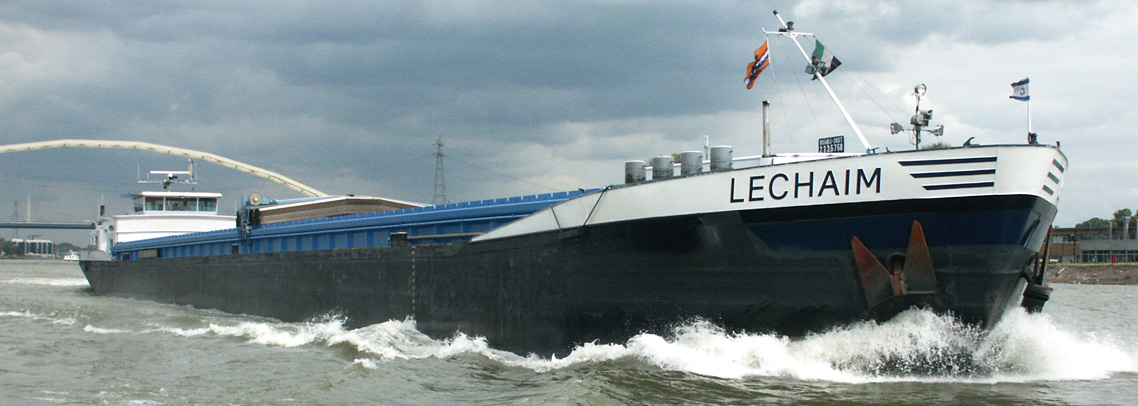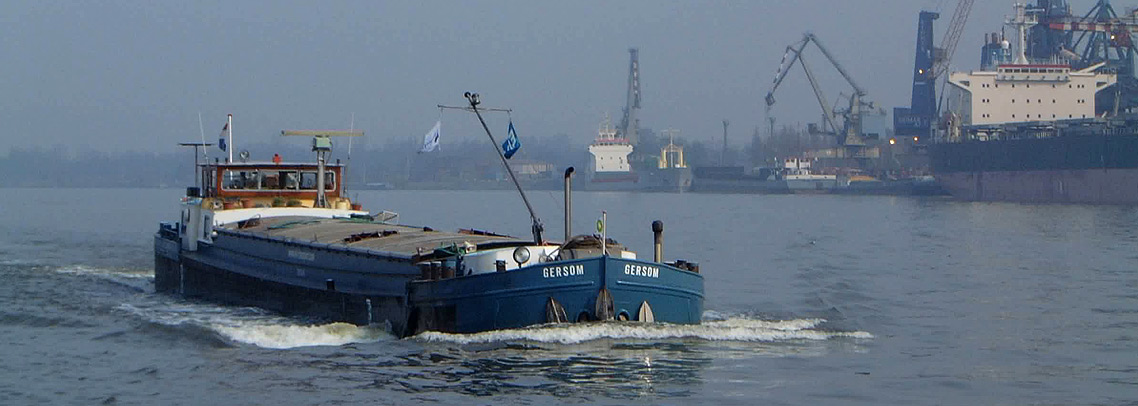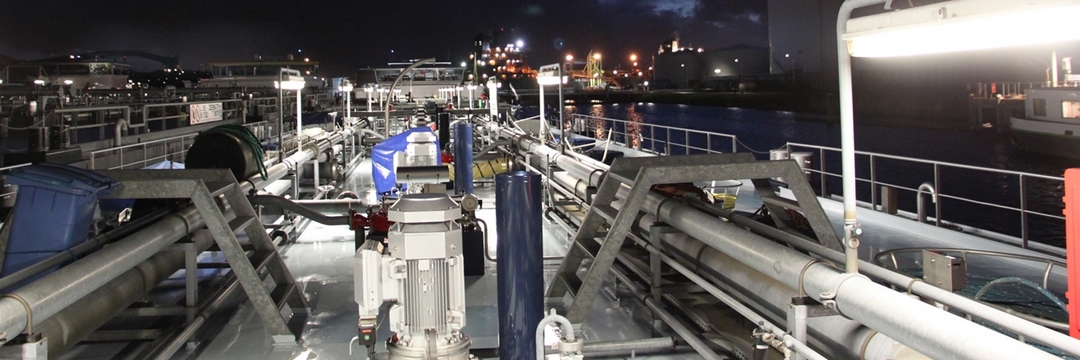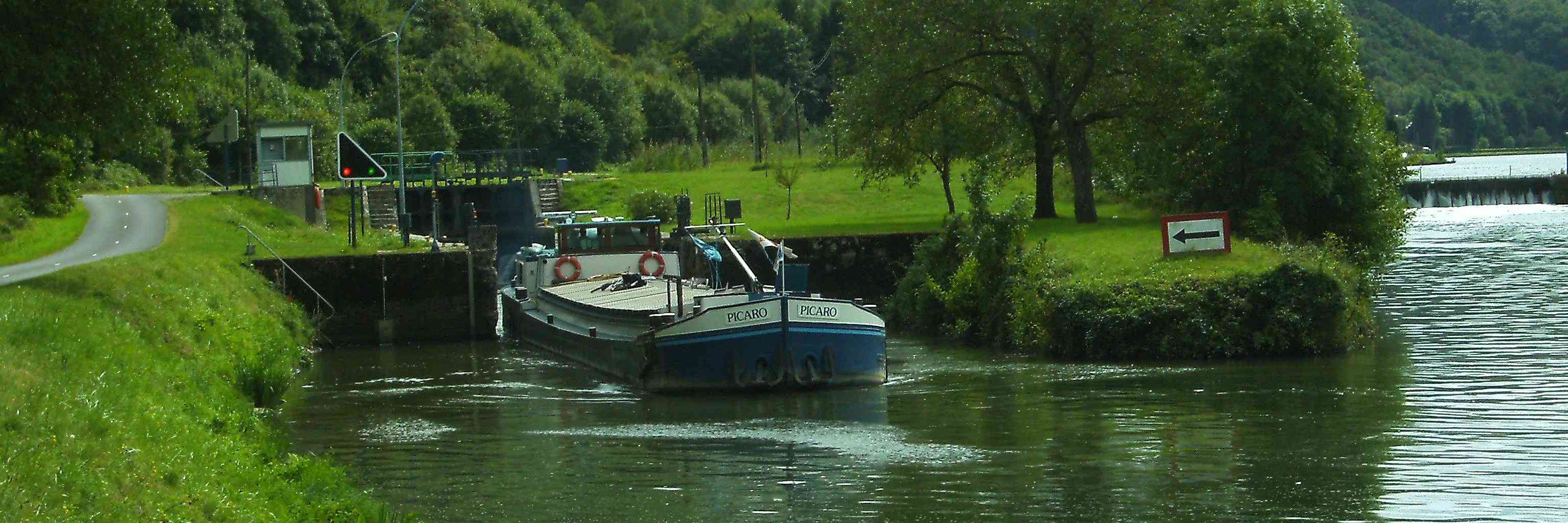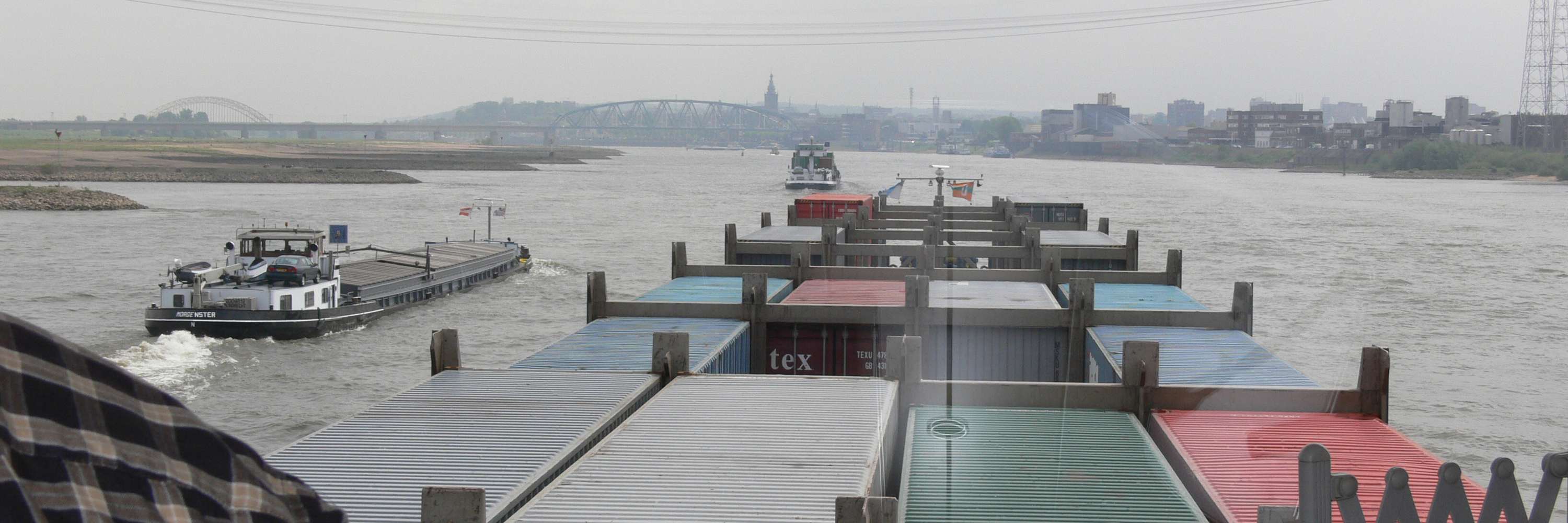IWT needs to anticipate to Europe’s new energy policies pdf 



The new quarterly report on European inland navigation, written by the Central Commission for the Navigation of the Rhine (CCNR) in partnership with the European Commission, is now available. With respect to 2nd quarter transport 2016, this report analyses in particular the consequences of the period of low water conditions that affected the sector at the end of 2015 as well as the upward turn in activity at the beginning of 2016.
In addition to its usual topics (economic context, freight traffic on inland waterways and in ports, operating conditions and outlook) it includes a special focus on the steel industry.
With the return to normal water conditions, the price of transport services fell in the first half of 2016, reaching a level lower than that for the first half of 2015. Despite an increase in traffic in the Netherlands, turnover in the sector fell during the first half of 2016.
Economy growth slowing down
During the first half of 2016, inland navigation in Europe mirrored the general context of European economic growth, boosted in part by intra-EU trade but affected nevertheless by the overall slowing down of the global economy. Economic growth is expected to remain between 1 and 2% in the euro area in 2017.
The countries bordering the Rhine are maintaining their key role in European inland navigation; they represent 84% of Europe’s riverborne transport, compared with 15% for the countries bordering the Danube.
Long term changes expected
There are structural changes to expect in the long term, in order to deal with the steadily increasing proportion of container transport in inland navigation in Europe and the need to anticipate the
consequences of Europe’s new energy policies, particularly with regard to the transport of coal and oil products.

